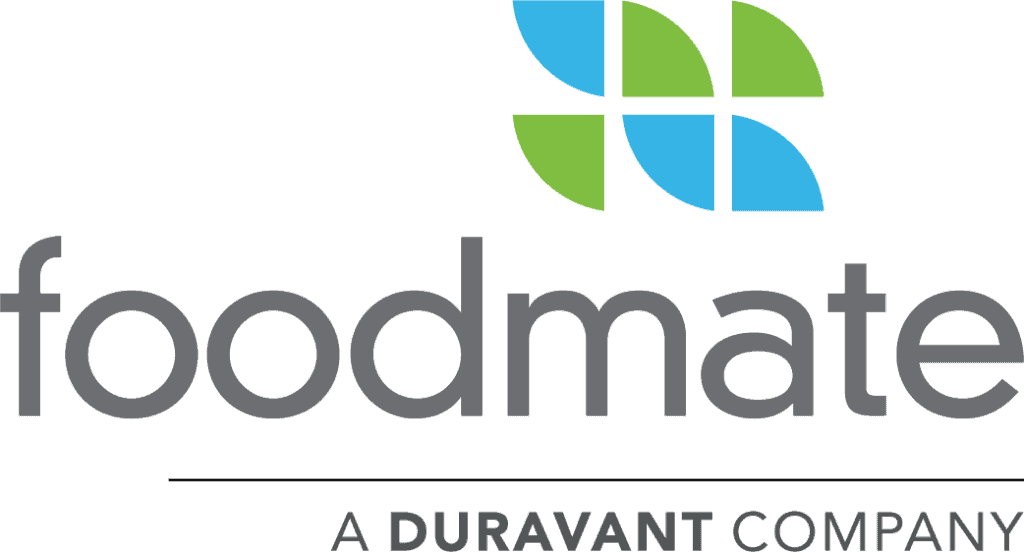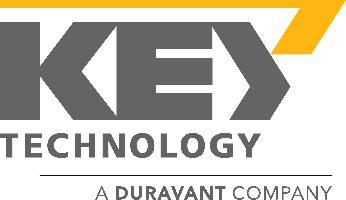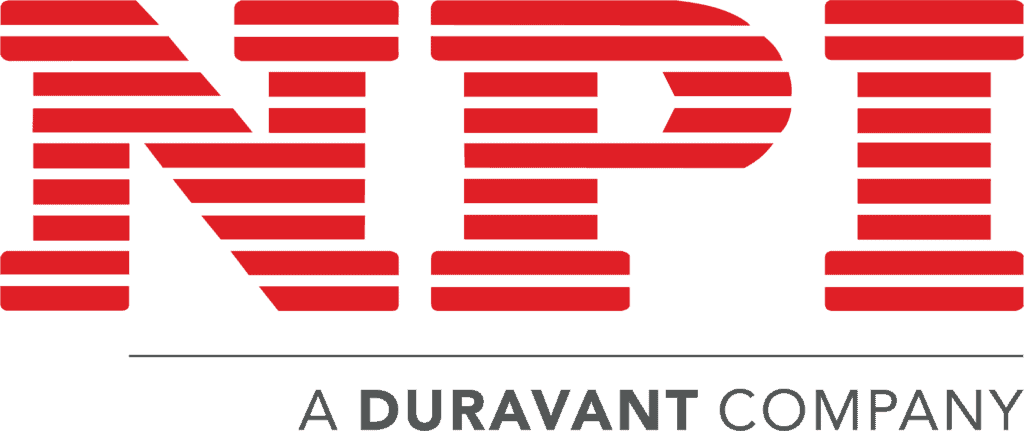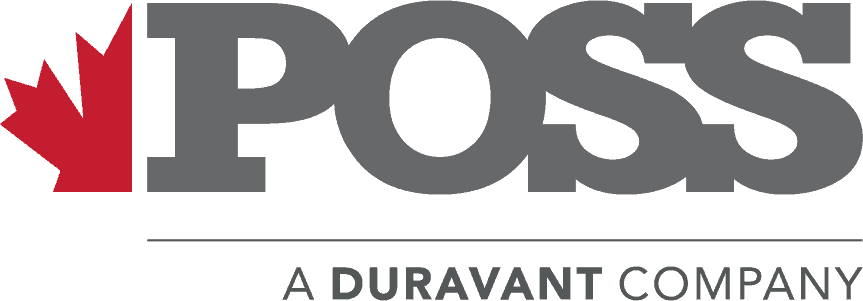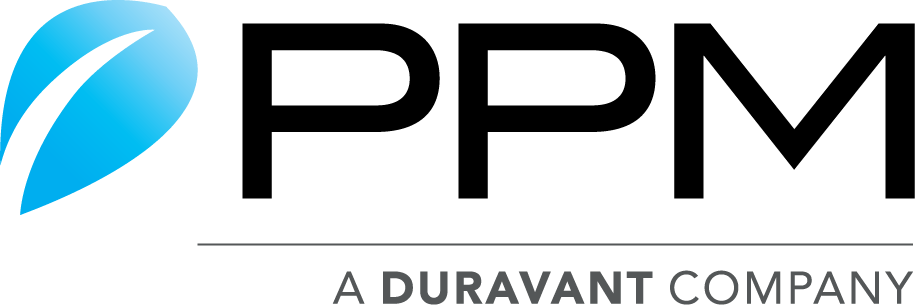The Duravant family of operating companies serve the food processing, packaging and material handling segments.
Package Design To Reduce Carbon Footprint
03/21/2022
Principles of Design for Carbon Neutral Packaging
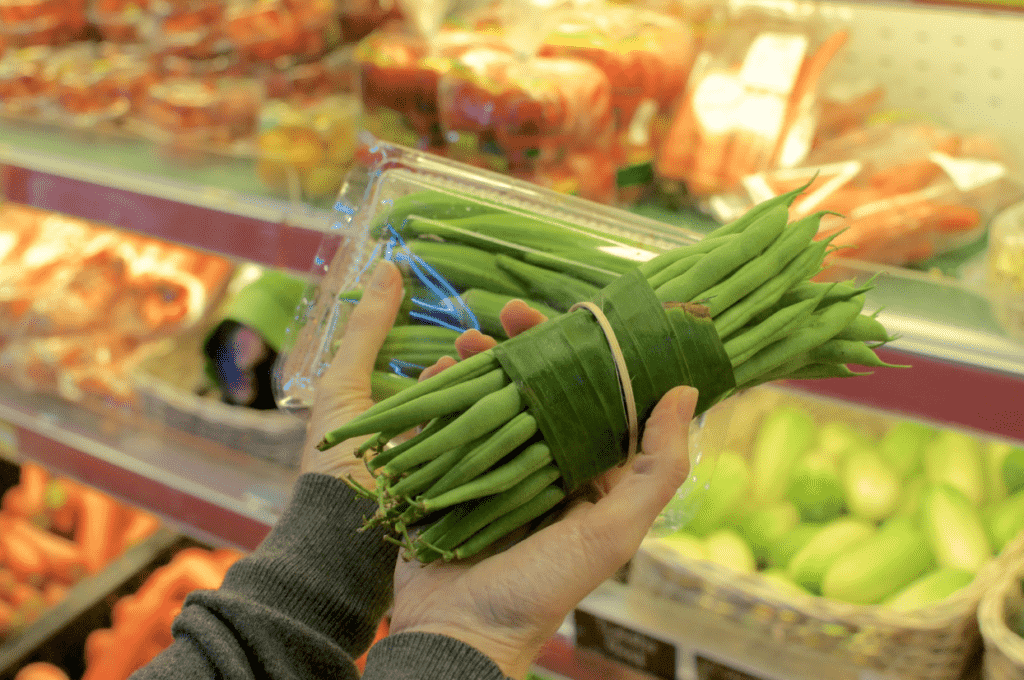
As global recognition of carbon neutrality and ethical production increases, consumer interest increases. Worldwide, a recent study indicates 60% of consumers place a higher purchase value on sustainable products, from production to packaging and distribution.
With this rising interest comes a value increase in designing carbon-neutral packaging. Beyond consumer appeal, there’s an immediate benefit for many in reducing waste and its environmental and taxable cost.
Despite the pressure on consumers to waste less, want less, and reuse more, companies have a higher impact overall. The waste produced in packaging and manufacturing alone outweighs any social campaign to reduce consumer waste. With over 290 million tons of municipal product waste recorded in 2020, the need for changing companies' roles in this is self-evident.
Fortunately, there are an increasing number of solutions across industries to pivot to more mindful packaging strategies. Discover strategies to reduce your company’s carbon footprint with smarter packaging solutions.
1. Efficient Dimensions
One of the simplest methods for reducing material amounts needed involves downsizing the packaging. For example, product packaging’s carbon cost can be offset by finding more effective protective packaging.
Packing peanuts can be sourced and repurposed from waste materials. Traditional styrofoam peanuts significantly impact the environment, filling up space and protecting goods. More efficient dimensions protect goods by using better protective features, using less space.
Custom packaging is an ideal solution but not always financially feasible. Knowing the best box types for your goods also helps, too.
- Cube boxes: Same sizing on every side;
- Multi-height boxes: Fixed width and depth with varying heights;
- Long boxes: Longer length with shorter width and height;
- Tall boxes: Ideal for upright transit items;
- Telescopic boxes: Great for long and tall products;
- Side-loading boxes: Wide and thin for framed objects.
Consider details like these when packing goods. The more creative you get with packaging sizes, the more efficient dimensions you can apply.
2. Sustainable Raw Materials
Raw material is used for packaging consumer goods and is the most significant cause of low sustainability. Think of cardboard, paper, plastic, and styrofoam as common raw materials in consumer packaged goods.
Sustainable raw materials are recyclable, reusable, or more easily processed. More efficient processing and disposal occur with organic materials like paper and cardboard. Certain plastics are designed to be more recyclable than others, yet these still come with extensive disposal or recycling processes.
Consider replacing or reducing some of your secondary packaging with sustainable materials. This can easily reduce your company’s carbon footprint. Ensure your materials are sourced from certified sustainable origins too.
3. Ethical Partnerships
When transitioning to ethical production, another overlooked gap is who you work with. Some corporate partners may not prioritize reducing their carbon footprint as much as you. Evaluating your partnerships doesn’t mean eliminating them. Instead, your partners can learn to reduce their environmental impact through your example.
Finding ethical partnerships starts within your current network. Talk to your partners about alternatives and the benefits of carbon footprint reduction. Consider new product design as a way to launch a rebrand and more. It’s an opportunity-creator, not a deal-breaker.
If you need to find new partners, consider the operational point with the biggest ecological cost. Is it production or shipping? Look for companies that can fill these gaps for you. For example, nVenia partners with various companies across industries to help reduce your carbon footprint.
4. Multipurpose Elements
You can use multipurpose elements in carbon-neutral packaging to reduce overall waste and carbon footprint. Standard solutions include built-in utensils for certain food products. Additionally, many food boxes already incorporate convertible packaging for smaller leftovers or disposable dishware storage.
When consumers have multipurpose elements at their disposal, it decreases other waste-generating products. Consumers and competitors notice when your company puts this much thought into going carbon neutral. Attention to detail with carbon neutrality also creates opportunities for new ethical partnerships.
Multipurpose elements aren’t exclusive to the food industry. For example, certain consumer goods packaging can be converted into a display stand for collectibles or a fun prop in a thoughtful moment of branding or marketing.
5. Thoughtful Layering
Package layering involves primary, secondary, and tertiary levels. The first layer is what holds a product and what consumers deal with directly. Secondary packaging is used to ship and display certain products in stores. Tertiary packaging is for the delivery of secondary packaging.
Mindful layering can reduce carbon footprint by removing excess layers of packaging. Consider how you can adjust your product design to remove a layer (or two). Removing even one layer could bring you that much closer to carbon-neutral packaging.
Altering the construction of secondary packaging is the simplest solution for introducing thoughtful layering into your product design. Consider reusable or multipurpose elements as well to take your sustainability even further.
6. Consideration for End-of-life
Reusable packaging is an excellent end-of-life consideration in carbon-neutral packaging, from materials to processing to consumption and waste management. Possible solutions for reusable packaging include:
- Refillable bulk dispensers and secondary packaging;
- Returnable packaging;
- Reusable tertiary packaging, such as reusable plastic containers and pooled pallets.
You can also combine this solution with thoughtful layering and sustainable raw materials to bring your company that much closer to carbon-neutral packaging. Placing a higher consideration on end-of-life consumption reflects well with consumers.
When consumers can reduce waste, reuse packaging, or return secondary packaging, your company gives them a chance to feel like they are contributing as well. If tertiary packaging is essential, you can adapt it responsibly. Businesses and consumers can reuse crates, pallets, wrappers, boxes, containers, and soft packaging before recycling or returning to the manufacturer.
7. Transport Considerations
Another carbon-intensive aspect of product design is getting it to consumers. Transport considerations can reach higher levels of efficiency with more thoughtful packaging, too. Reducing secondary packaging via thoughtful layering means fewer raw materials are needed. This also decreases shipping weight and cost and reduces the consumption of fossil fuels used in delivery.
Finding solutions to bring your product design into a carbon-neutral space takes time. However, there are lots of possible evaluation points to consider improving. Even if you know exactly what needs to become sustainable in your supply process, you need a reliable e-commerce packaging solution.

